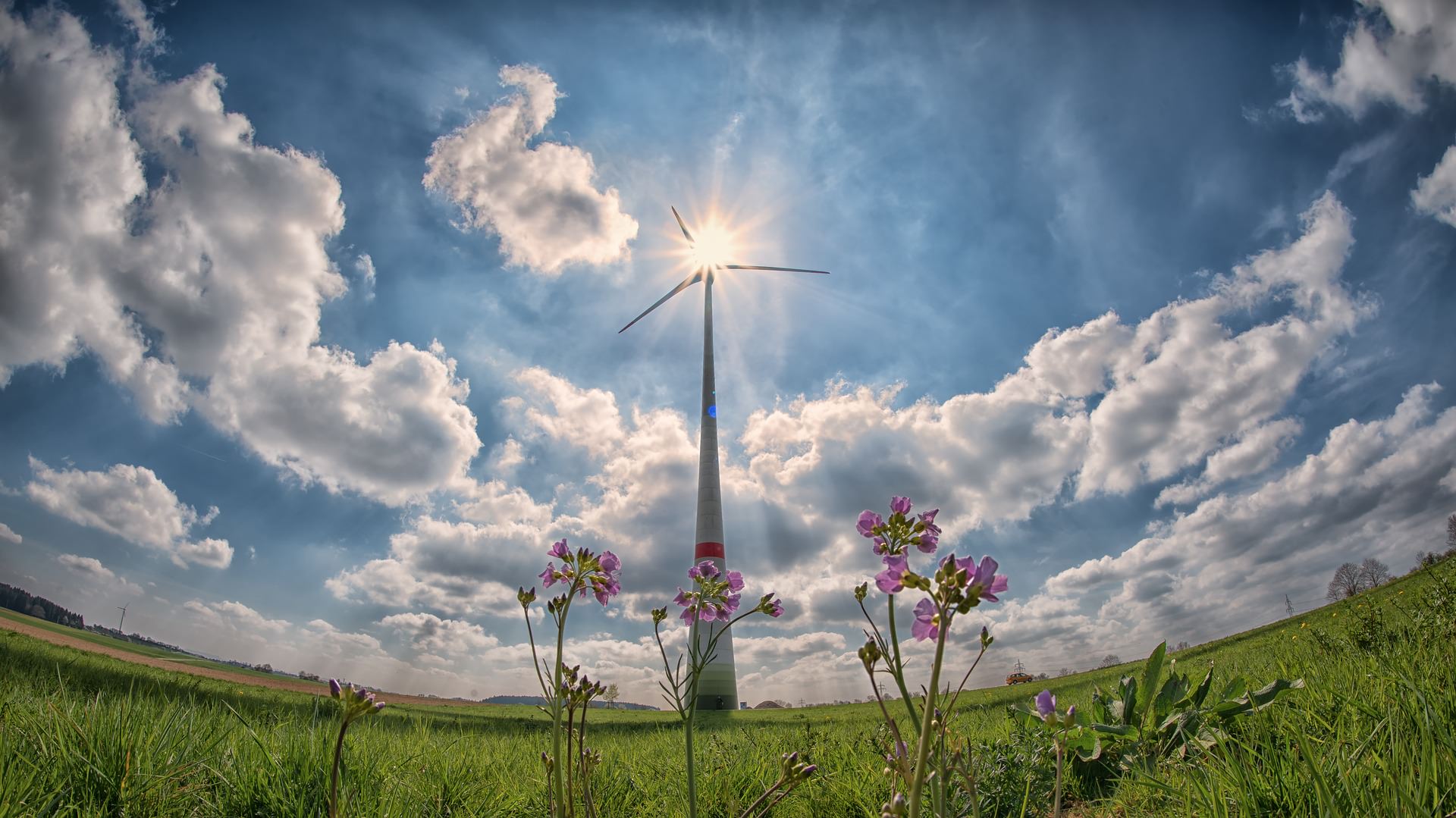With the chaos of a new administration promising drastic changes in energy policy and threatening to stifle renewable energy efforts in the US, it’s hopeful to see the work that’s gone into bringing clean power to our third largest state is paying off.
California uses an immense amount of energy, not only to support urban centers like Los Angeles and San Francisco but to back the agriculture efforts that make it the world’s seventh-largest economy. March 11th, 2017 marked a milestone for renewable energy advocates — 50 percent of all power consumed in the state was produced at large-scale solar plants or by private solar endeavors.
Meeting Goals for the Future
Part of the reason for excitement is that California has set a goal to deliver half of all power using renewable resources by 2030. Consumption on March 11th confirms this is indeed a realistic goal, but, to sustain that level of clean power, delivery will take a great deal more effort.
The data to confirm the claim comes from the California Independent Systems Operator, which is responsible for power distribution to about 80 percent of the state and a small portion of Nevada. Peak levels of sustainable energy were consistently in use during March 11th for roughly three hours.
A Question of Capacity
While this accomplishment represents a leap forward in the last decade, more effort is needed to lay the groundwork for sustainable clean-energy infrastructure. Part of the challenge lies in the way our existing power grid manages energy.
Efforts to construct new solar collection facilities — like the ones that were able to supply so much power on March 11th— have been successful, but our ability to produce now exceeds the power grid’s capacity. During times of peak solar production, some of the power that could be used has to be directed off the grid, where it can’t be used to power homes and businesses.
The spokesman from California Independent System Operator admits the state did not expect to see this level of progress so soon.
Taking the Next Steps
To make the state’s long-term goals more attainable, we have to combat the problem from both ends. It’s not enough to simply produce more power and update our power grid, as much as these things are needed. We must learn to conserve more effectively and construct new buildings that are energy efficient.
Builders in Pennsylvania have the right idea. They demonstrated the effectiveness of new techniques in their renovation of the Red Rose Transit Authority in Lancaster. By replacing the systems in the aging building with modern, efficient power management, they’ve found they can cut energy use for some facilities by as much as 75 percent.
New construction standards, such as the LEED clean energy construction standard, are being put in place in newly planned projects and can be seen in action in places like the Cal Poly San Luis Obispo University Campus.
Small Steps to a Big Win
By simultaneously reducing our demand and increasing the ability of the power grid to distribute clean energy, it’s realistic to think California may well reach the goal of delivering a consistent 50 percent of the state’s energy by 2030. We can’t forget that California is one of the most progressive states in the nation, and there’s still a long way to go.
Currently, the United States produces enough clean energy to constitute one percent of our existing demand. While it can sound demoralizing, that fact should serve as motivation for places like California to pursue continued clean energy programs and set the bar high for the rest of the nation.



